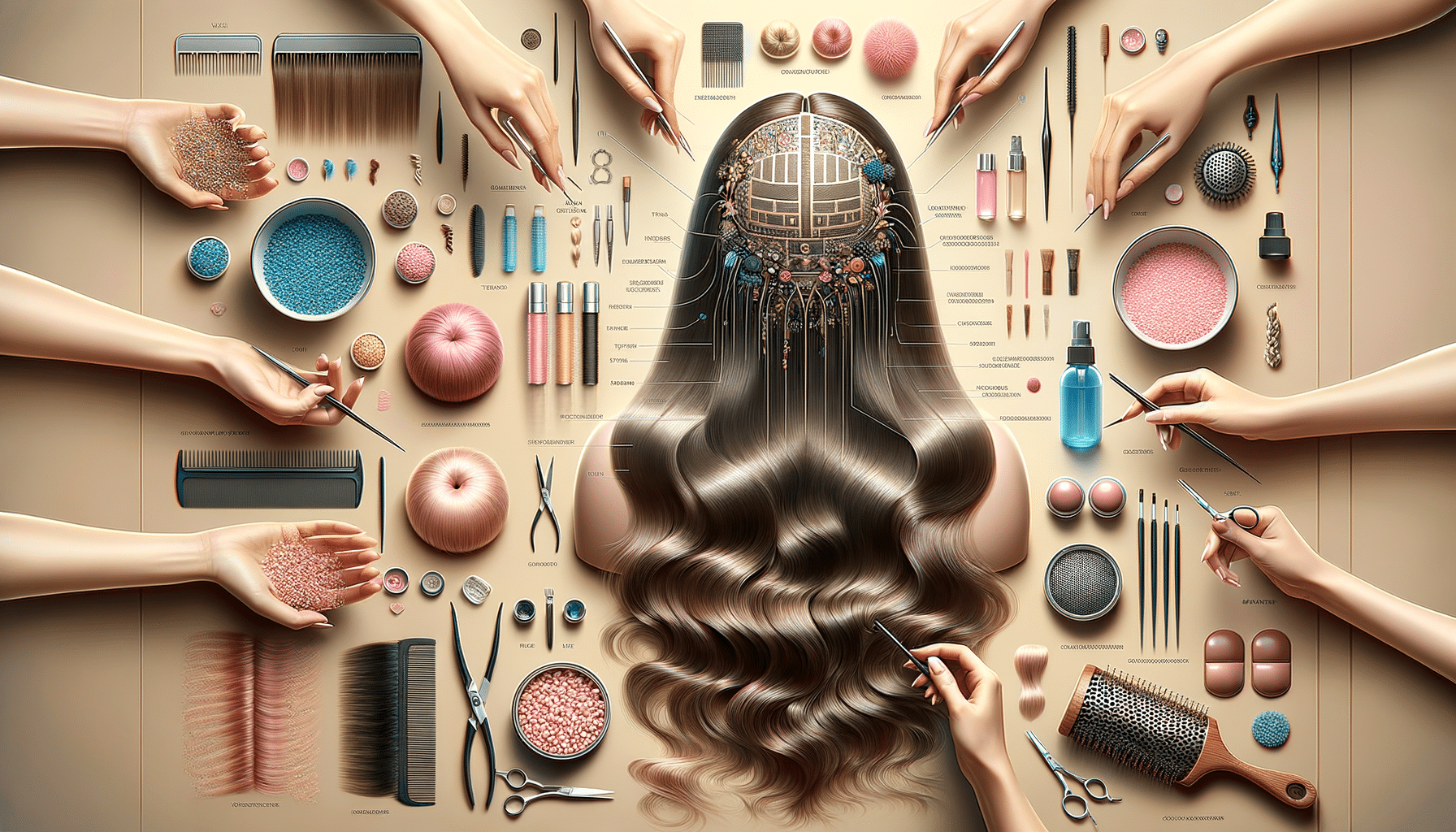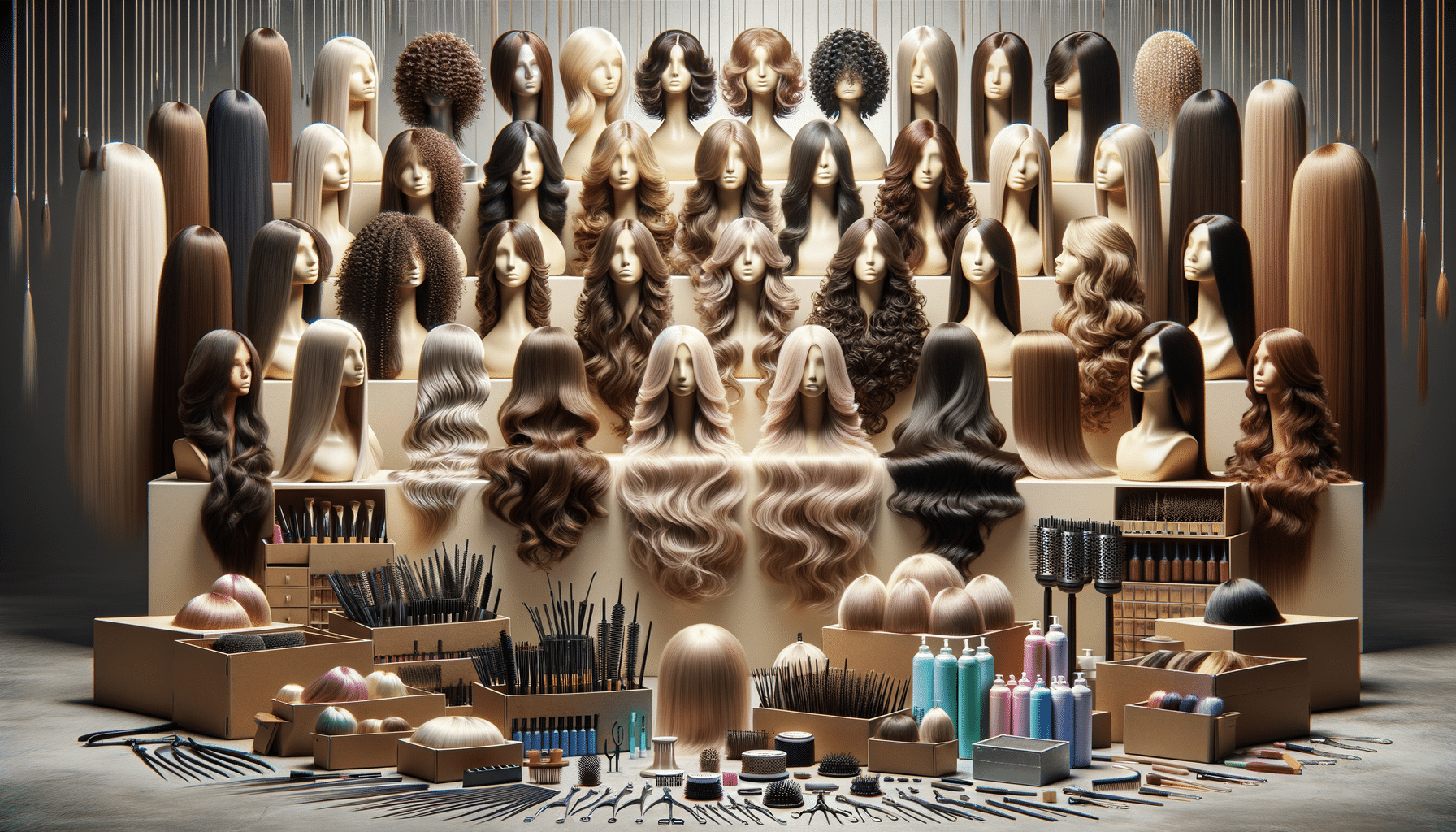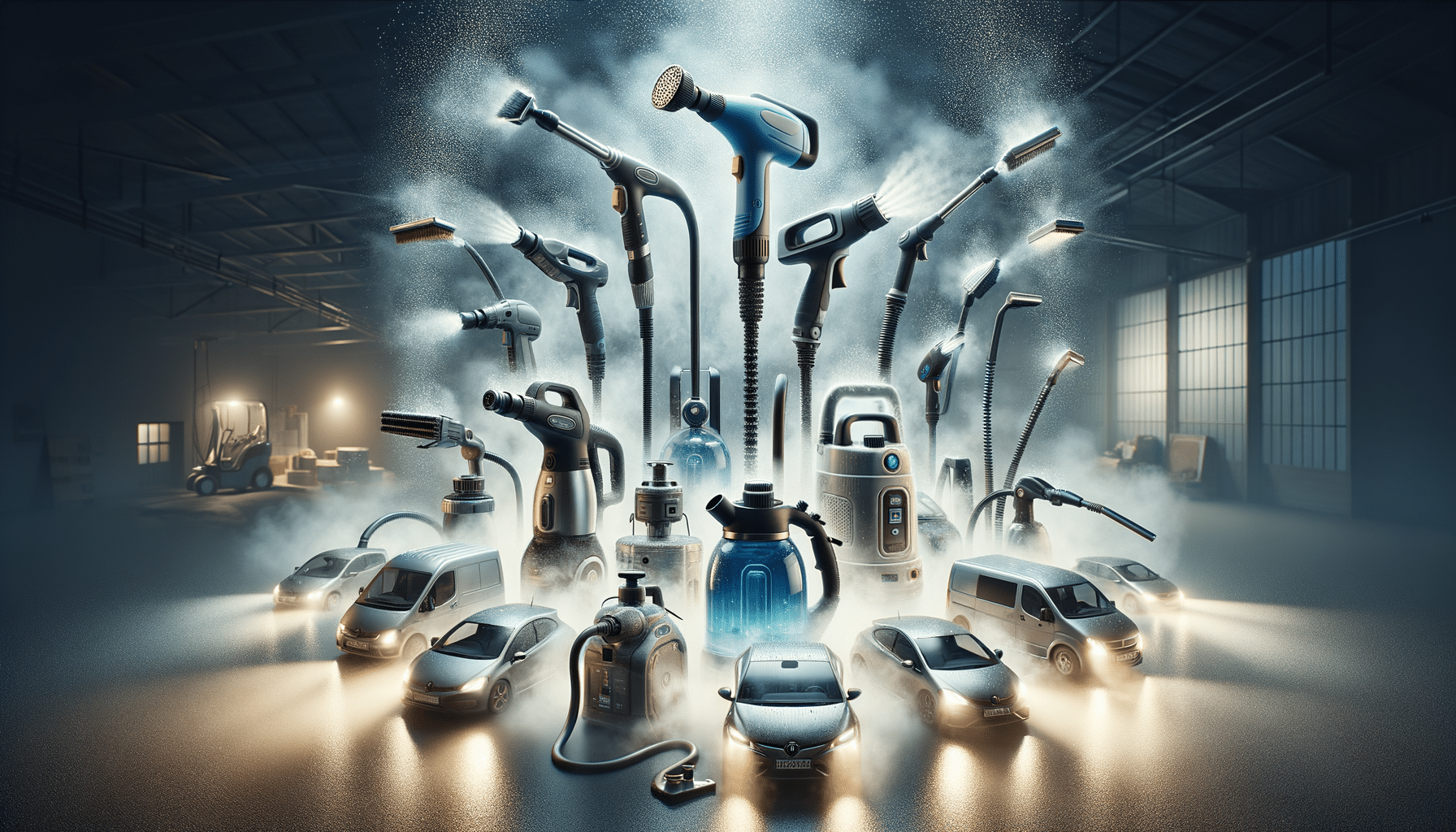
Understanding Hair Systems: A Comprehensive Guide
Introduction to Hair Systems
Hair systems have become a popular solution for individuals experiencing hair loss, offering a non-surgical alternative to hair restoration. These systems, often referred to as hairpieces or wigs, provide a natural appearance and can significantly boost confidence. The importance of understanding the various aspects of hair systems cannot be overstated, as it allows individuals to make informed decisions about their hair restoration journey. This article delves into the intricacies of hair systems, exploring their types, benefits, maintenance, and more.
Types of Hair Systems
Hair systems come in various types, each catering to different needs and preferences. Understanding these types is crucial for selecting the right system. The primary categories include:
- Full Wigs: These cover the entire scalp and are ideal for those experiencing complete hair loss. They are available in synthetic and human hair variants.
- Partial Hairpieces: Designed for individuals with thinning hair, these systems blend seamlessly with existing hair to provide volume and coverage.
- Lace Fronts: Known for their natural hairline appearance, lace fronts are popular among those seeking a realistic look.
- Monofilament Tops: These offer a natural scalp appearance, allowing for versatile styling options.
Choosing the right type depends on factors such as the extent of hair loss, lifestyle, and personal preferences. Consulting with a hair specialist can provide valuable insights and recommendations.
Benefits of Hair Systems
Hair systems offer numerous benefits, making them a preferred choice for many individuals. Some of the key advantages include:
- Non-Invasive Solution: Unlike surgical hair restoration methods, hair systems provide immediate results without the need for surgery or recovery time.
- Customization: Hair systems can be tailored to match the individual’s hair color, texture, and style, ensuring a natural look.
- Boosted Confidence: For many, a full head of hair significantly enhances self-esteem and confidence, positively impacting social and professional interactions.
- Affordability: Compared to surgical options, hair systems are generally more cost-effective, making them accessible to a wider audience.
These benefits highlight why hair systems have gained popularity as a viable solution for hair loss.
Maintenance and Care for Hair Systems
Proper maintenance is essential to ensure the longevity and appearance of hair systems. Here are some tips to keep your hair system in optimal condition:
- Regular Cleaning: Use gentle, sulfate-free shampoos and conditioners to clean the hair system, preventing buildup and maintaining shine.
- Proper Storage: When not in use, store the hair system on a mannequin head or a stand to retain its shape and prevent tangling.
- Avoid Heat Damage: Limit the use of heat styling tools, as excessive heat can damage both synthetic and human hair systems.
- Professional Maintenance: Regular visits to a professional stylist can help with adjustments and ensure the system remains in top condition.
Adhering to these maintenance tips can extend the life of your hair system and keep it looking natural and vibrant.
Choosing the Right Hair System for You
Selecting the right hair system involves considering various factors, such as lifestyle, budget, and personal preferences. Here are some steps to guide you in making the right choice:
- Consult with a Specialist: A hair restoration specialist can assess your needs and recommend suitable options based on your hair loss pattern and lifestyle.
- Evaluate Material Options: Decide between synthetic and human hair systems, each offering distinct advantages in terms of appearance and maintenance.
- Consider Lifestyle Factors: Active individuals may require more durable systems that can withstand physical activities and frequent washing.
- Budget Considerations: Determine your budget and explore options within that range, keeping in mind that initial costs may vary based on customization and materials.
By considering these factors, you can select a hair system that not only meets your aesthetic needs but also fits seamlessly into your lifestyle.
Conclusion
Hair systems provide an effective and versatile solution for individuals experiencing hair loss. With various types and customization options available, they offer a non-invasive, affordable, and confidence-boosting alternative to surgical methods. Understanding the different aspects of hair systems, from types and benefits to maintenance and selection, empowers individuals to make informed decisions and achieve their desired look. Whether you’re considering a hair system for cosmetic reasons or as a part of a hair restoration journey, this guide serves as a valuable resource to navigate the options available.


